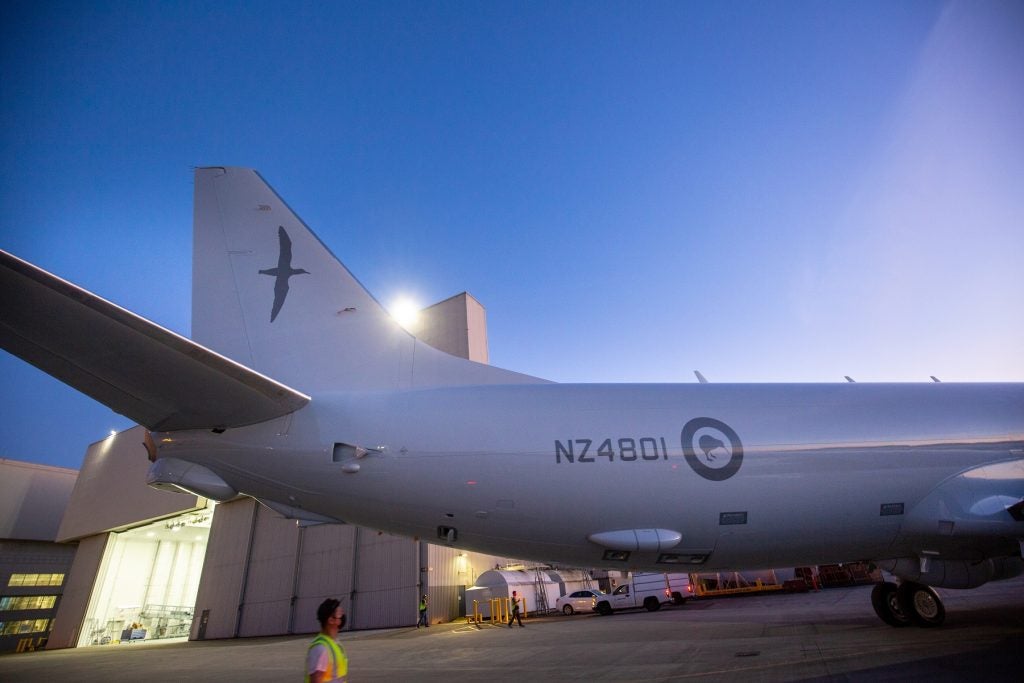New Zealand’s Defense Spending To Reach 2% GDP By 2032 Under New Plan
New Zealand’s government unveiled its new Defence Capability Plan on Monday, with the plan set to ramp up New Zealand’s defense spending to 2% of its gross domestic product by 2032.
“This new Defence Capability Plan contains $12 billion (approximately US$7.6 billion) of funding over the next four years, which includes $9 billion of new spending. This will raise New Zealand’s defence spending from just over one per cent of GDP to more than two per cent in the next eight years”, said Prime Minister Christopher Luxon. Continuing;
“This blueprint has been designed with a 15-year horizon but deliberately focuses on critical investments needed in the next four years to ensure our Defence Force can adapt as the world around us changes. The Government has committed to reviewing the plan every two years. Put simply, this is the floor, not the ceiling, of funding for our Defence Force.”
The Defense Capability Plan is split into two sections, with the first focusing on short term programs and procurement by 2028, and longer term programs stretching into 2039.
Short term programs include:
- the procurement of autonomous unmanned vessels for persistent maritime surveillance;
- replacements for the SH-2G(I) Super Seasprite ship-based helicopters
- acquisition of anti-aerial drone defense systems
- long range surveillance aerial drones
- upgrades to the New Zealand Army’s Javelin anti-tank guided missile inventory.
Longer term programs include the replacement of the Royal New Zealand Navy’s ANZAC-class frigates in the 2030s, replacements for the New Zealand Army’s fleet of 105mm artillery guns and NZLAV armored fighting vehicles, the possible expansion of the NZDF’s utility helicopter fleet, and the establishment of an Information Warfare Academy.
Defence Minister Judith Collins said the plan would “rebuild the core” of the NZDF after 35 years of cuts and underfunding. “This plan does that. It gets our NZDF out of the intensive care unit and not just growing but growing where we need it to”.

